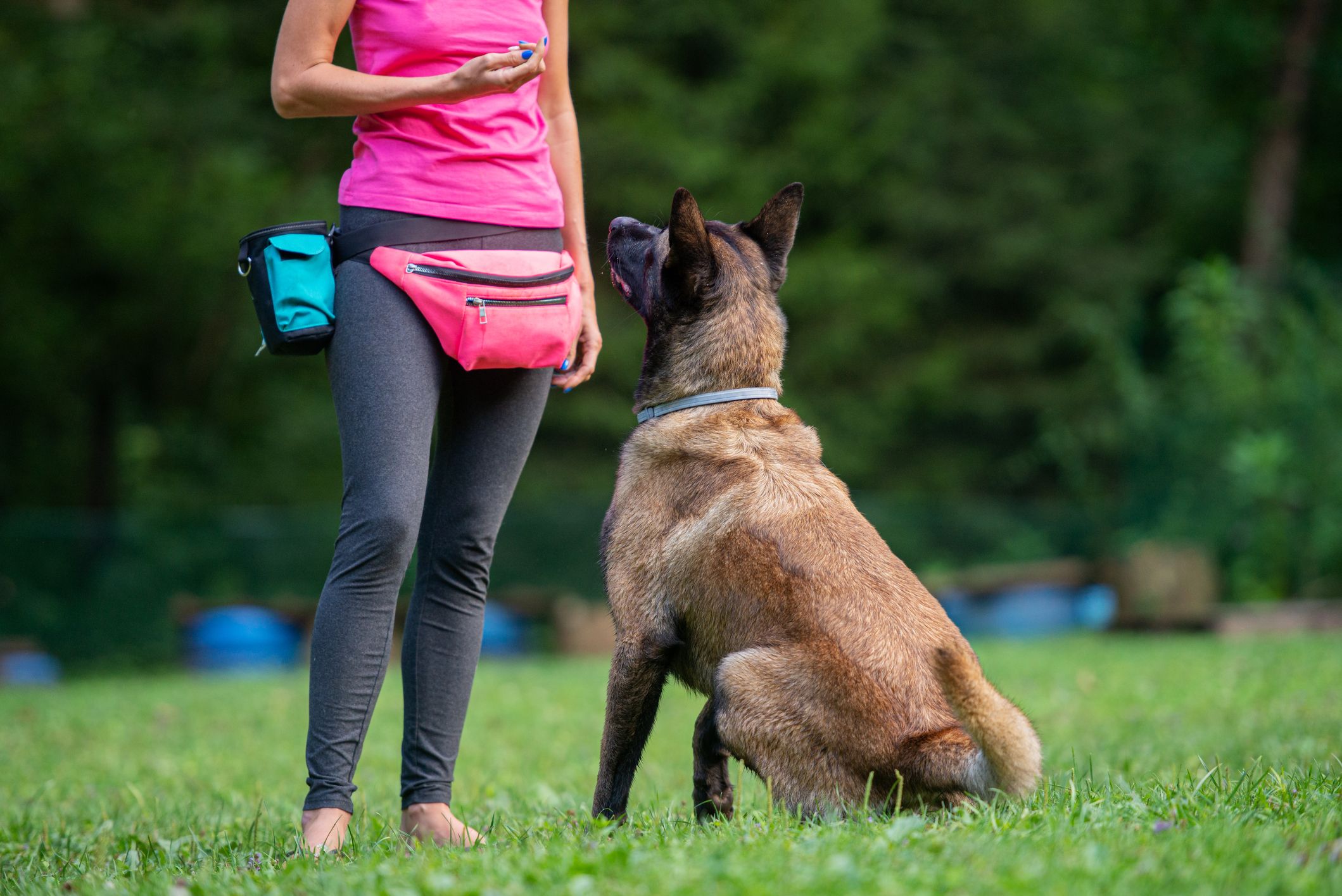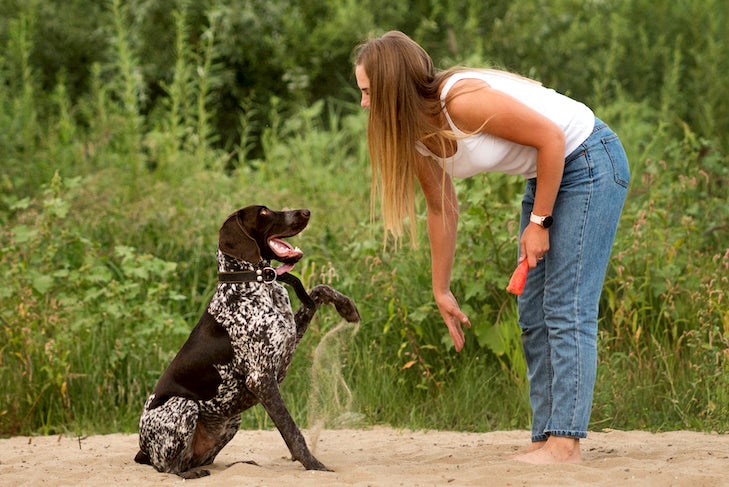Master Important Commands: Effective Canine Training Made Easy
Effective dog training is a fundamental facet of liable pet ownership, and understanding important commands serves as the structure for a harmonious connection between trainer and pet dog. Understanding the nuances of canine actions and the training procedure is key; nonetheless, the journey to a trained dog often provides unexpected obstacles that call for interest.
Recognizing Your Pet dog's Actions
To grasp the subtleties of effective pet dog training, it is necessary to damage down and evaluate your dog's habits. Dog training. Understanding the motivations behind your pet's actions is critical; actions can come from reaction, worry, exhilaration, or a desire for attention. By observing your pet dog in various situations, you can recognize patterns that might indicate underlying emotions or requirements
As an example, a pet that barks excessively might be sharing boredom, stress and anxiety, or a demand for social communication. Alternatively, a canine that displays devastating actions could be seeking excitement or remedy for anxiety. Identifying these triggers permits you to customize your training method properly.
Furthermore, it is essential to consider the dog's breed features, as they can affect behavior dramatically. Some types are inclined to details attributes, such as herding or guarding instincts, which can affect their reactions to particular stimulations.
Lastly, consistency in your actions to your pet's behavior fosters a much better understanding in between you and your family pet. This shared understanding is fundamental for developing count on and facilitating an effective training procedure that nurtures both behavioral improvement and favorable support.
Essential Commands to Educate
Instructing crucial commands is a fundamental aspect of effective pet training, providing the structure for a mannerly and responsive pet. These commands not only boost communication between the proprietor and the pet dog but likewise guarantee safety and security in various settings.
One of the most essential commands consist of "Sit," which urges your pet to stay stationary and tranquil; "Remain," which reinforces the concept of continuing to be in one location until launched; and "Come," which is important for remembering your pet dog from potentially harmful situations. "Down" educates dogs to relax, promoting leisure and control, while "Leave it" assists stop canines from grabbing unsafe or unwanted things.
" Heel" is one more important command that urges your canine to stroll carefully close to you, improving chain manners. Finally, "No" functions as a vital boundary-setting command, helping to remedy unwanted behaviors.
Training Techniques for Success
Efficient pet training relies greatly on employing a range of strategies that accommodate both the canine's understanding style and the owner's training objectives. One essential technique is positive reinforcement, which includes fulfilling desired behaviors with treats, praise, or play. This technique urges the dog to repeat those habits, promoting a solid bond in between owner and family pet.

One more efficient technique is clicker training, where a distinct audio, made by a clicker, marks the exact minute a dog executes a wanted activity. This exact timing assists pets connect the behavior with the benefit, enhancing their understanding.
Uniformity is vital in all training approaches. Developing clear commands and preserving the same cues helps the pet understanding expectations more swiftly. In addition, short, engaging training sessions avoid monotony and boost retention.
Incorporating socializing chances is also essential. Revealing dogs to various atmospheres, people, and various other animals helps them develop confidence and flexibility.
Finally, patience plays a substantial function in successful training - Dog training. Each canine finds out at their own rate, and comprehending this can result in an extra satisfying training experience for both the owner and the pet. Executing these strategies will establish the foundation for reliable canine training
Usual Difficulties and Solutions
Regardless of the here are the findings best training methods, pet dog owners often encounter typical difficulties that can impede progression. When household members use different commands for the very same habits, it perplexes the canine, leading to inconsistent feedbacks.

Furthermore, some pets might display stubbornness or absence motivation. This can frequently be attended to by integrating favorable reinforcement methods, such as deals with or appreciation, best site to encourage wanted actions. Customizing benefits to what your canine finds most encouraging can dramatically improve their involvement.
Lastly, anxiety or anxiousness can restrain progression in training. Acknowledging indicators of anxiety and readjusting the training speed appropriately is vital. Employing steady direct exposure to feared stimuli can help develop confidence in time, promoting an extra reliable training experience.
Maintaining Uniformity and Persistence
Uniformity and persistence are vital in pet dog training, as they create the structure for accomplishing long lasting behavior adjustments. Canines flourish on regular and clear expectations; hence, preserving a constant technique in commands, benefits, and improvements is crucial. When trainers make use of the very same hints and signals dependably, pets are much better able to realize what is being asked of them. Disparity can bring about complication and irritation, weakening the training procedure.
Similarly vital is the duty of patience. Educating a pet dog is not an immediate process; it calls for time and rep. Pet dogs, just like human beings, have varying finding out paces and might not understand commands right away. Trainers have to acknowledge this and continue to be tranquil, giving support instead navigate to these guys of disappointment. Favorable reinforcement plays a vital duty here, satisfying preferred habits and assisting to foster a relying on relationship between the pet dog and fitness instructor.
Conclusion
Grasping essential commands is fundamental to reliable canine training, fostering improved communication and strengthening positive behaviors. The application of positive support methods, combined with uniformity and perseverance, considerably enhances the training experience for both the pet and handler. Resolving typical challenges with practical remedies further sustains the training process. Inevitably, a well-trained canine not only exhibits good actions however additionally creates self-confidence, contributing to a harmonious connection between the pet dog and its proprietor.
Comments on “Effective Obedience training strategies for disciplined dogs.”